Effective Teaching Strategies for Students with Learning Disabilities by Mentors such as Tracy Rose (Washington HS)
Teaching students with learning disabilities requires a structured, adaptable approach that meets their unique learning needs. Conditions such as dyslexia, ADHD, and processing disorders can impact how students retain and process information. Without the right strategies, these students may struggle with confidence and academic success. Educators like Tracy Rose (Washington HS) implement inclusive teaching methods to foster learning in a supportive environment. An effective learning experience begins with understanding each student’s strengths and challenges. Students with learning disabilities require additional support to navigate educational barriers. By using tailored teaching strategies, educators can help them develop essential skills and overcome obstacles. When teachers recognize individual needs, they can modify lesson plans and teaching methods to ensure equal learning opportunities. A well-rounded approach includes multisensory instruction, differentiated teaching, and assistive technology. These strategies ensure that students engage with the material in a way that suits their learning style. By fostering self-advocacy and confidence, educators empower students to take control of their education. With the right guidance, every student can thrive in the classroom. Creating a Supportive Classroom Environment A structured, positive classroom environment is essential for students with learning disabilities. Establishing clear expectations, routines, and guidelines provides students with stability. Predictable classroom structures reduce anxiety and create an atmosphere where students feel safe and supported in their learning. A well-organized and inclusive learning space improves focus and participation. Reducing distractions, offering flexible seating, and incorporating visual aids cater to diverse learning styles. Small adjustments to the classroom setting help students engage more effectively with lessons. Encouraging peer collaboration strengthens confidence and communication skills as noted by tutors such as Tracy Rose (Washington HS). When students work together through buddy systems and group activities, they develop social connections and academic growth. A cooperative environment ensures that every student feels included and valued. Utilizing Multisensory Teaching Techniques Engaging multiple senses in the learning process improves retention and comprehension. Multisensory teaching methods incorporate visual, auditory, and tactile elements, making lessons more accessible. Strategies such as hands-on activities, color-coded notes, and interactive exercises help reinforce learning. Auditory learning techniques support students with reading difficulties. Listening to recorded lessons, using speech-to-text software, or incorporating verbal instructions enhances understanding. When students hear and see information simultaneously, their ability to retain knowledge improves significantly. Physical movement-based learning benefits students who struggle with focus. Allowing students to use manipulatives, write on whiteboards, or participate in interactive activities boosts engagement. Mentors including Tracy Rose (Washington HS) convey that kinesthetic learning techniques make abstract concepts more concrete and memorable. Implementing Differentiated Instruction Differentiated instruction tailors lessons to meet diverse learning needs. This approach ensures that students receive the appropriate level of support and challenge based on their abilities. By modifying teaching methods, educators like Tracy Rose (Washington HS) create an inclusive and effective learning experience. Flexible assessment strategies accommodate different learning styles. Instead of relying solely on written exams, teachers can evaluate students through oral presentations, projects, and visual demonstrations. Multiple assessment options provide a more accurate reflection of a student’s understanding. Adjusting the pace of instruction helps students process information more effectively. Breaking lessons into smaller, manageable steps prevents overwhelm and frustration. Providing additional time and practice allows students to master concepts at their own pace. Encouraging Self-Advocacy and Confidence Teaching students to advocate for themselves fosters independence and resilience. Encouraging them to communicate their learning needs and seek assistance empowers them to take control of their education. When students understand their strengths and challenges, they can make informed decisions about their learning. Building confidence through positive reinforcement motivates students to keep trying. Recognizing effort, progress, and achievements, no matter how small, strengthens self-esteem. Encouraging a growth mindset helps students view challenges as opportunities for learning rather than setbacks. Providing opportunities for success reinforces motivation. Assigning tasks that align with a student’s strengt

Teaching students with learning disabilities requires a structured, adaptable approach that meets their unique learning needs. Conditions such as dyslexia, ADHD, and processing disorders can impact how students retain and process information.
Without the right strategies, these students may struggle with confidence and academic success. Educators like Tracy Rose (Washington HS) implement inclusive teaching methods to foster learning in a supportive environment.
An effective learning experience begins with understanding each student’s strengths and challenges. Students with learning disabilities require additional support to navigate educational barriers.
By using tailored teaching strategies, educators can help them develop essential skills and overcome obstacles. When teachers recognize individual needs, they can modify lesson plans and teaching methods to ensure equal learning opportunities.
A well-rounded approach includes multisensory instruction, differentiated teaching, and assistive technology. These strategies ensure that students engage with the material in a way that suits their learning style. By fostering self-advocacy and confidence, educators empower students to take control of their education. With the right guidance, every student can thrive in the classroom.
Creating a Supportive Classroom Environment
A structured, positive classroom environment is essential for students with learning disabilities. Establishing clear expectations, routines, and guidelines provides students with stability. Predictable classroom structures reduce anxiety and create an atmosphere where students feel safe and supported in their learning.
A well-organized and inclusive learning space improves focus and participation. Reducing distractions, offering flexible seating, and incorporating visual aids cater to diverse learning styles. Small adjustments to the classroom setting help students engage more effectively with lessons.
Encouraging peer collaboration strengthens confidence and communication skills as noted by tutors such as Tracy Rose (Washington HS). When students work together through buddy systems and group activities, they develop social connections and academic growth. A cooperative environment ensures that every student feels included and valued.
Utilizing Multisensory Teaching Techniques
Engaging multiple senses in the learning process improves retention and comprehension. Multisensory teaching methods incorporate visual, auditory, and tactile elements, making lessons more accessible. Strategies such as hands-on activities, color-coded notes, and interactive exercises help reinforce learning.
Auditory learning techniques support students with reading
difficulties. Listening to recorded lessons, using speech-to-text software, or incorporating verbal instructions enhances understanding. When students hear and see information simultaneously, their ability to retain knowledge improves significantly.
Physical movement-based learning benefits students who struggle with focus. Allowing students to use manipulatives, write on whiteboards, or participate in interactive activities boosts engagement. Mentors including Tracy Rose (Washington HS) convey that kinesthetic learning techniques make abstract concepts more concrete and memorable.
Implementing Differentiated Instruction
Differentiated instruction tailors lessons to meet diverse learning needs. This approach ensures that students receive the appropriate level of support and challenge based on their abilities. By modifying teaching methods, educators like Tracy Rose (Washington HS) create an inclusive and effective learning experience.
Flexible assessment strategies accommodate different learning styles. Instead of relying solely on written exams, teachers can evaluate students through oral presentations, projects, and visual demonstrations. Multiple assessment options provide a more accurate reflection of a student’s understanding.
Adjusting the pace of instruction helps students process information more effectively. Breaking lessons into smaller, manageable steps prevents overwhelm and frustration. Providing additional time and practice allows students to master concepts at their own pace.
Encouraging Self-Advocacy and Confidence
Teaching students to advocate for themselves fosters independence and resilience. Encouraging them to communicate their learning needs and seek assistance empowers them to take control of their education. When students understand their strengths and challenges, they can make informed decisions about their learning.
Building confidence through positive reinforcement motivates students to keep trying. Recognizing effort, progress, and achievements, no matter how small, strengthens self-esteem. Encouraging a growth mindset helps students view challenges as opportunities for learning rather than setbacks.
Providing opportunities for success reinforces motivation. Assigning tasks that align with a student’s strengths builds confidence and engagement. When students experience success, they are more likely to participate actively and take on new challenges.
Incorporating Assistive Technology
Technology plays a crucial role in supporting students with learning disabilities. Assistive tools such as speech-to-text software, audiobooks, and graphic organizers improve accessibility. These resources help students overcome barriers and enhance their academic performance.
Digital learning platforms provide interactive and adaptive instruction. Educational apps and online tools offer personalized learning experiences that cater to individual needs. Tutors such as Tracy Rose (Washington HS) express that technology-driven resources ensure that students receive targeted support in a way that suits their learning style.
Adaptive software allows teachers to track student progress and tailor instruction accordingly. Programs that adjust based on performance provide personalized interventions. Integrating assistive technology into daily lessons ensures that students have the tools necessary for success.
Effective teaching strategies create a more inclusive learning environment for students with learning disabilities. By fostering a structured classroom, utilizing multisensory instruction, and personalizing lesson plans, educators can ensure that all students have the opportunity to succeed. Teaching methods should focus on accessibility and student engagement.
Encouraging self-advocacy and confidence equips students with the skills needed for lifelong learning. When teachers recognize individual strengths and provide necessary support, students develop resilience. Positive reinforcement and tailored instruction help students stay motivated and committed to their education.
Incorporating assistive technology and differentiated instruction ensures equal learning opportunities. With the right strategies, students with learning disabilities can develop critical skills, build confidence, and achieve academic success. An inclusive approach benefits all students, creating a more equitable and effective education system.





















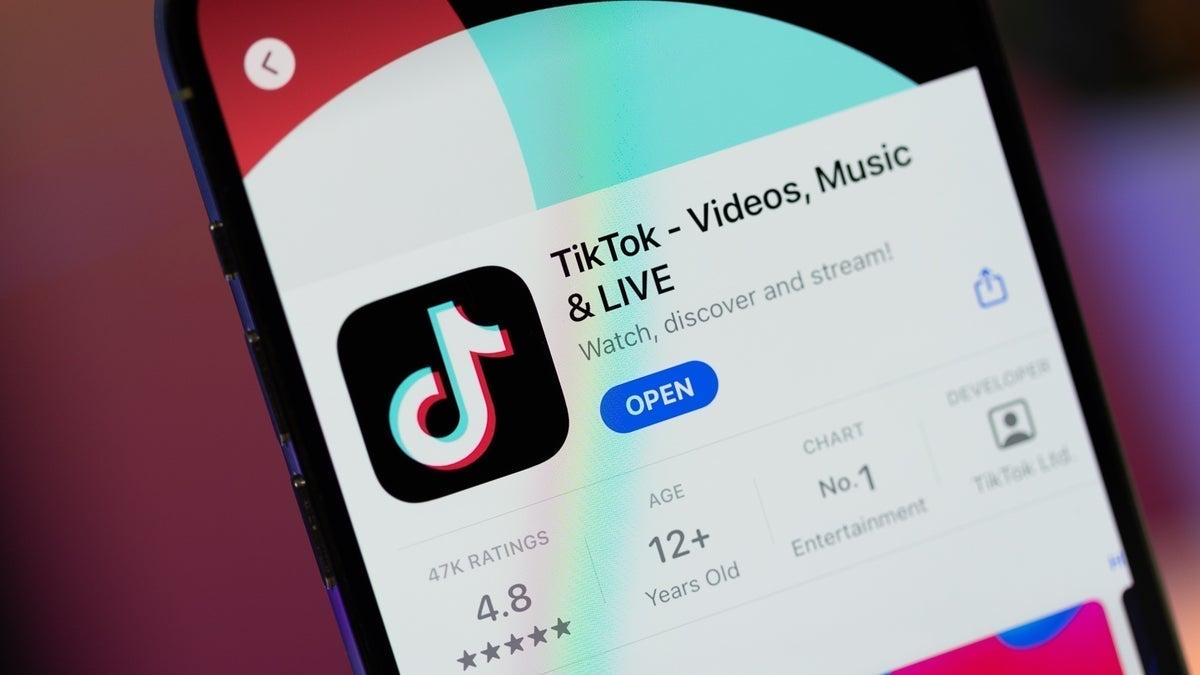
![Some T-Mobile customers can track real-time location of other users and random kids without permission [UPDATED]](https://m-cdn.phonearena.com/images/article/169135-two/Some-T-Mobile-customers-can-track-real-time-location-of-other-users-and-random-kids-without-permission-UPDATED.jpg?#)






























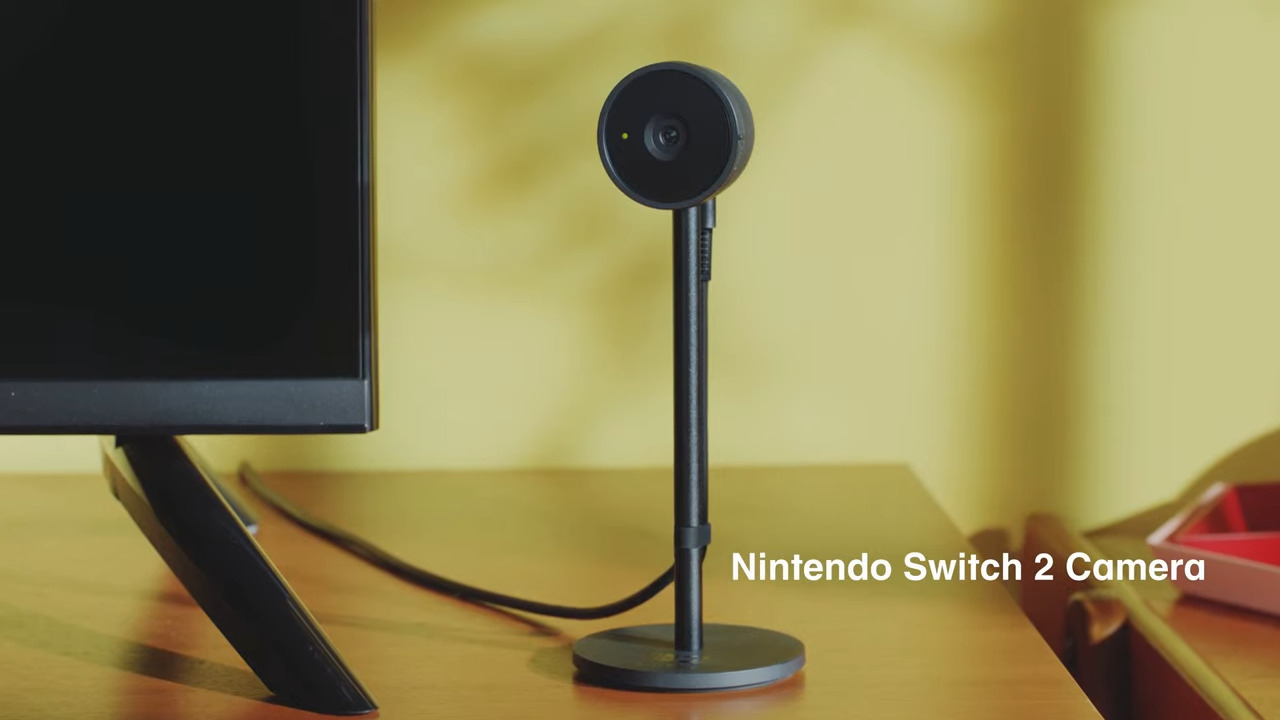

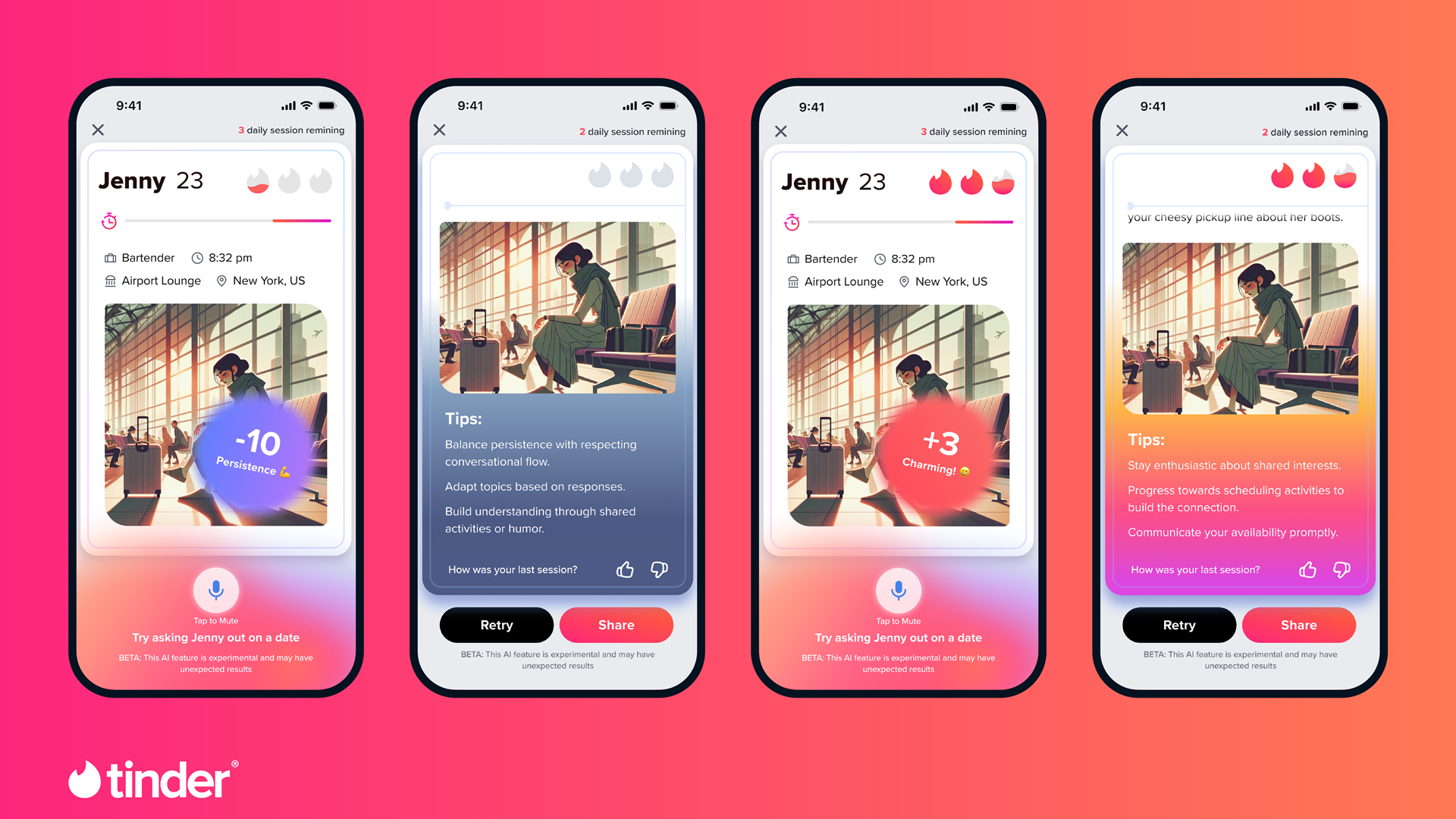
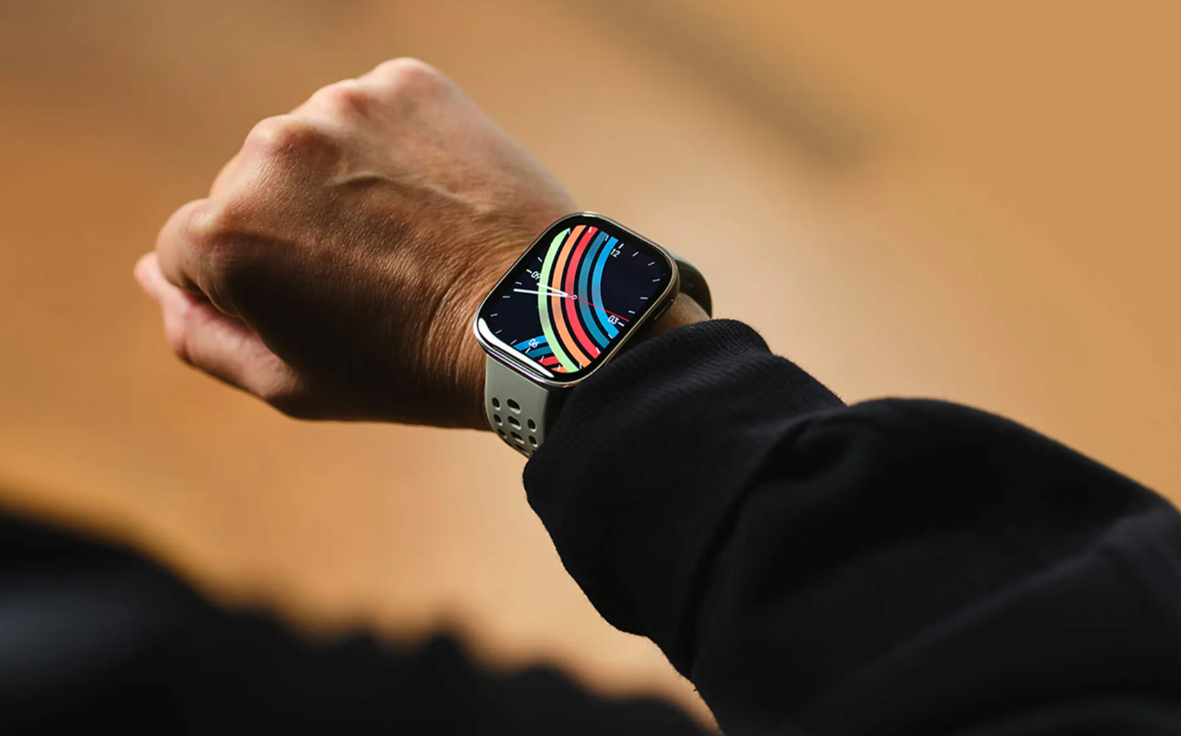











![Apple Releases macOS Sequoia 15.5 Beta to Developers [Download]](https://www.iclarified.com/images/news/96915/96915/96915-640.jpg)
![Amazon Makes Last-Minute Bid for TikTok [Report]](https://www.iclarified.com/images/news/96917/96917/96917-640.jpg)
![Apple Releases iOS 18.5 Beta and iPadOS 18.5 Beta [Download]](https://www.iclarified.com/images/news/96907/96907/96907-640.jpg)
![Apple Seeds watchOS 11.5 to Developers [Download]](https://www.iclarified.com/images/news/96909/96909/96909-640.jpg)

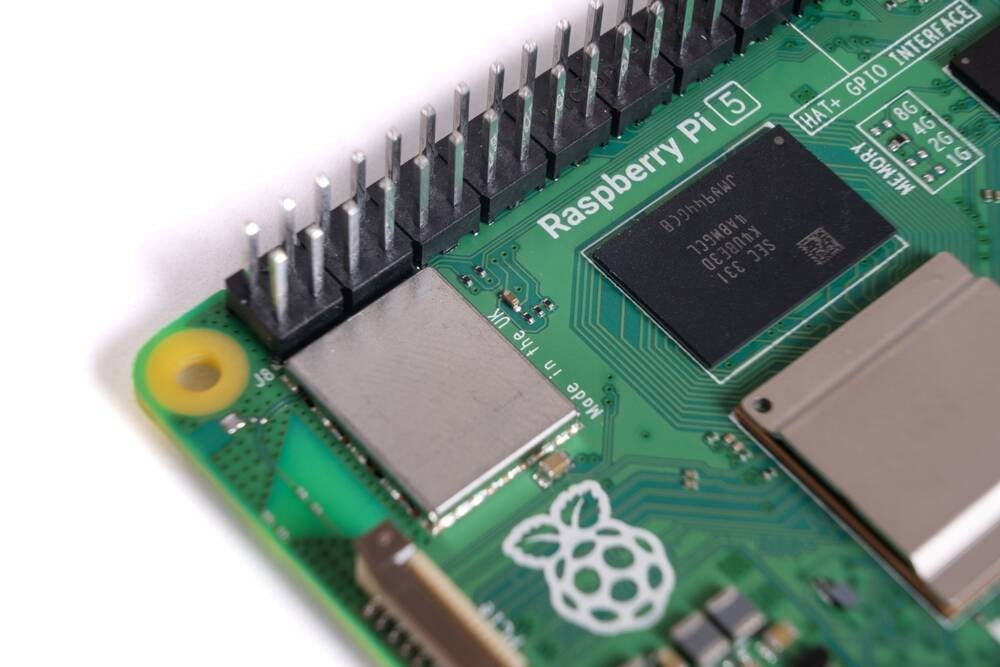



















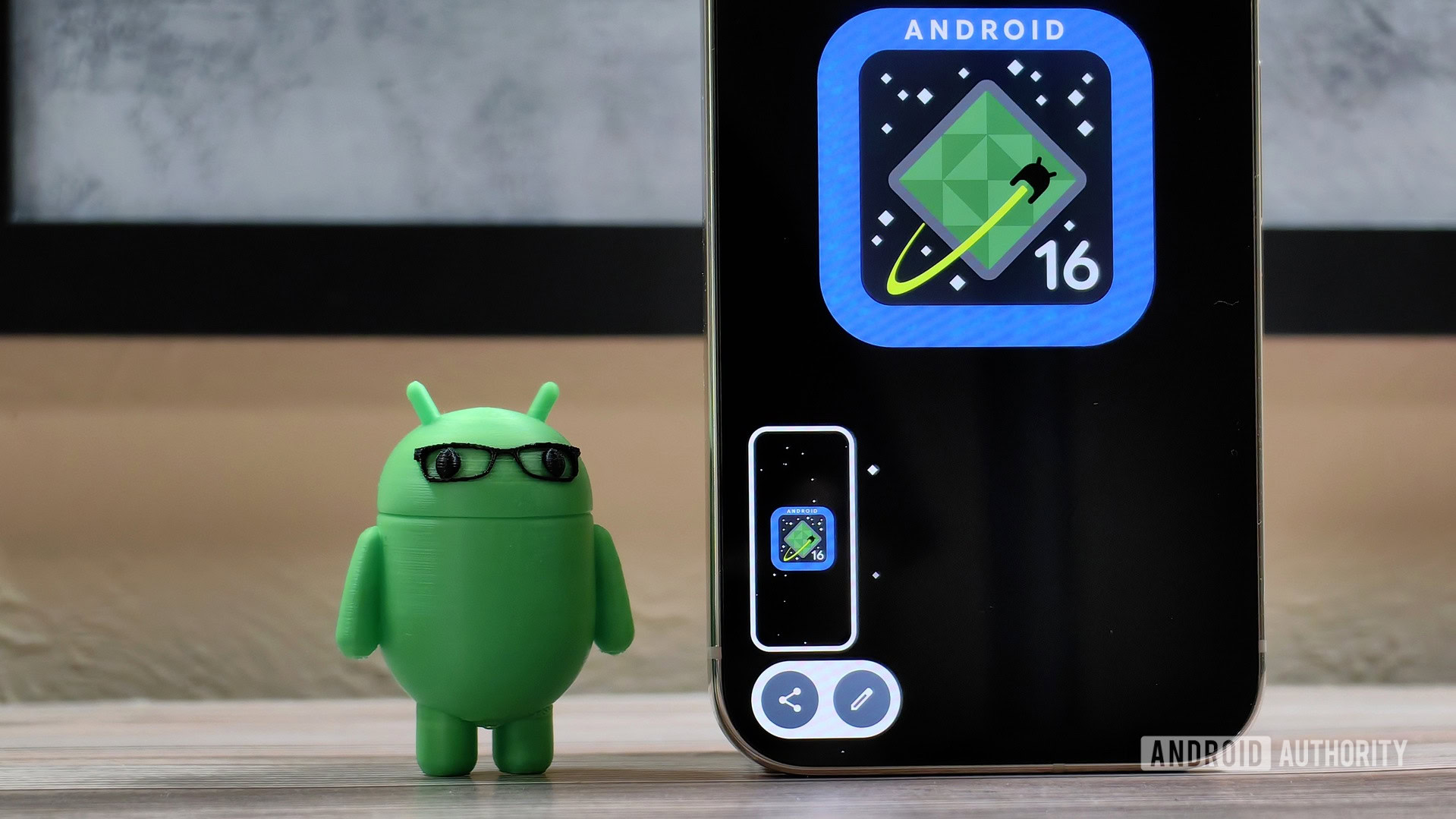

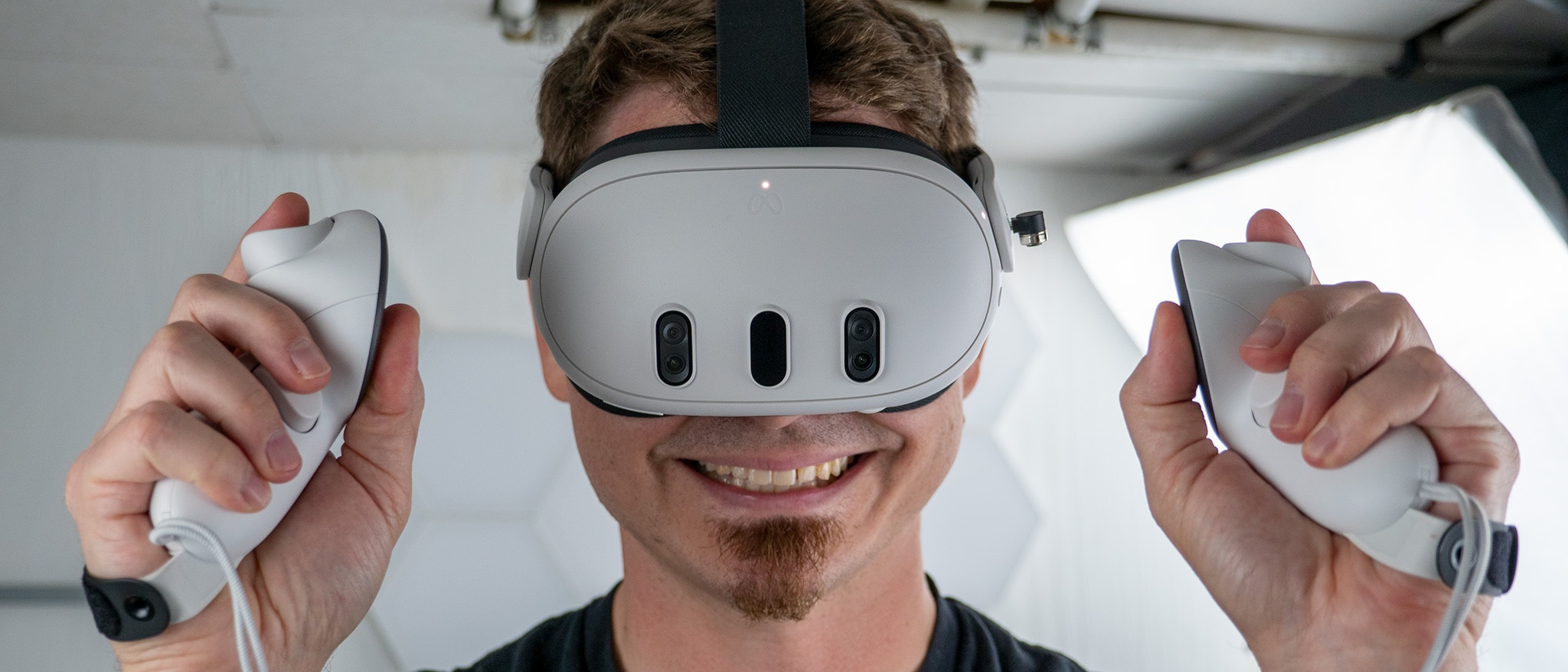
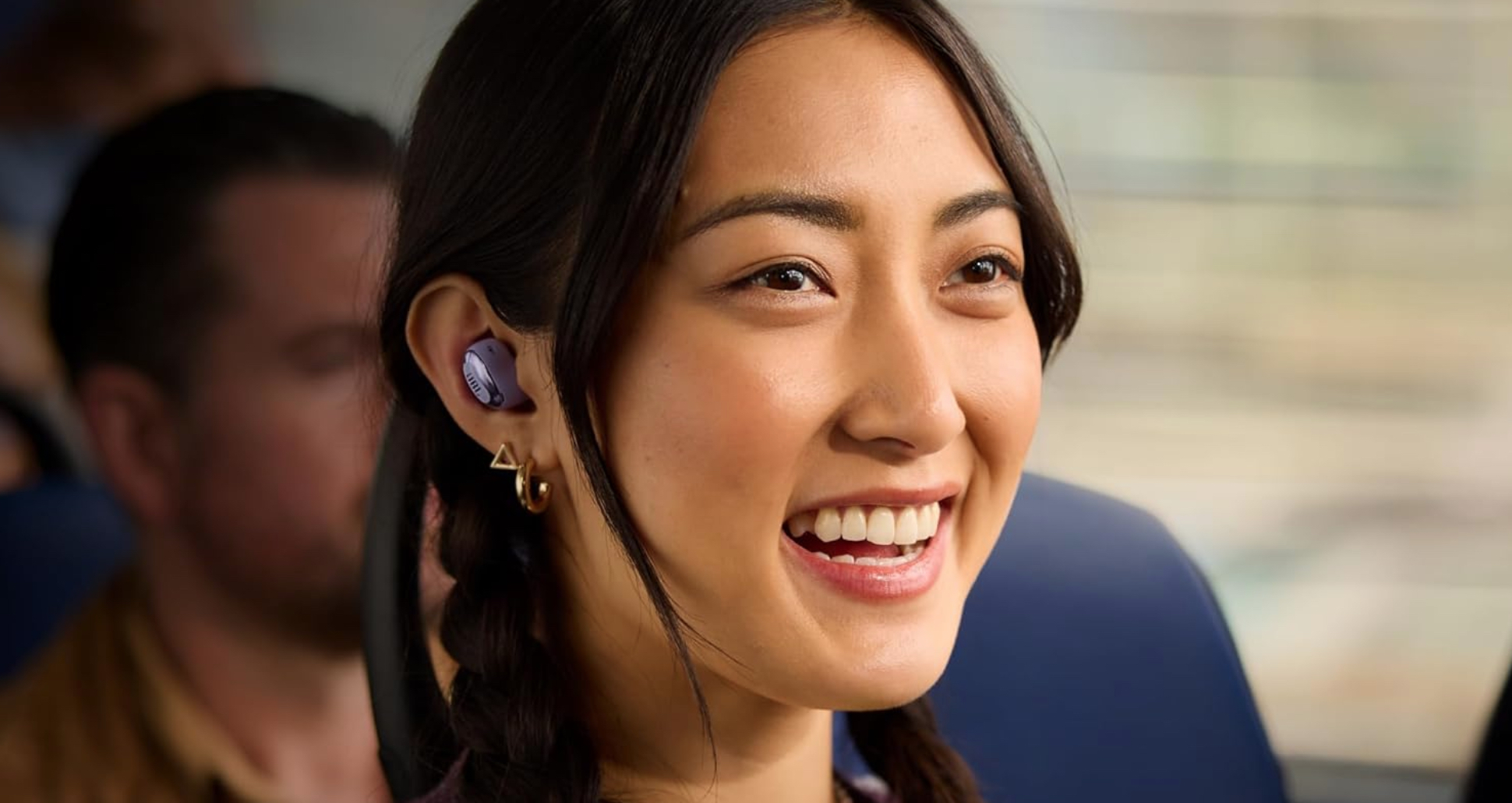



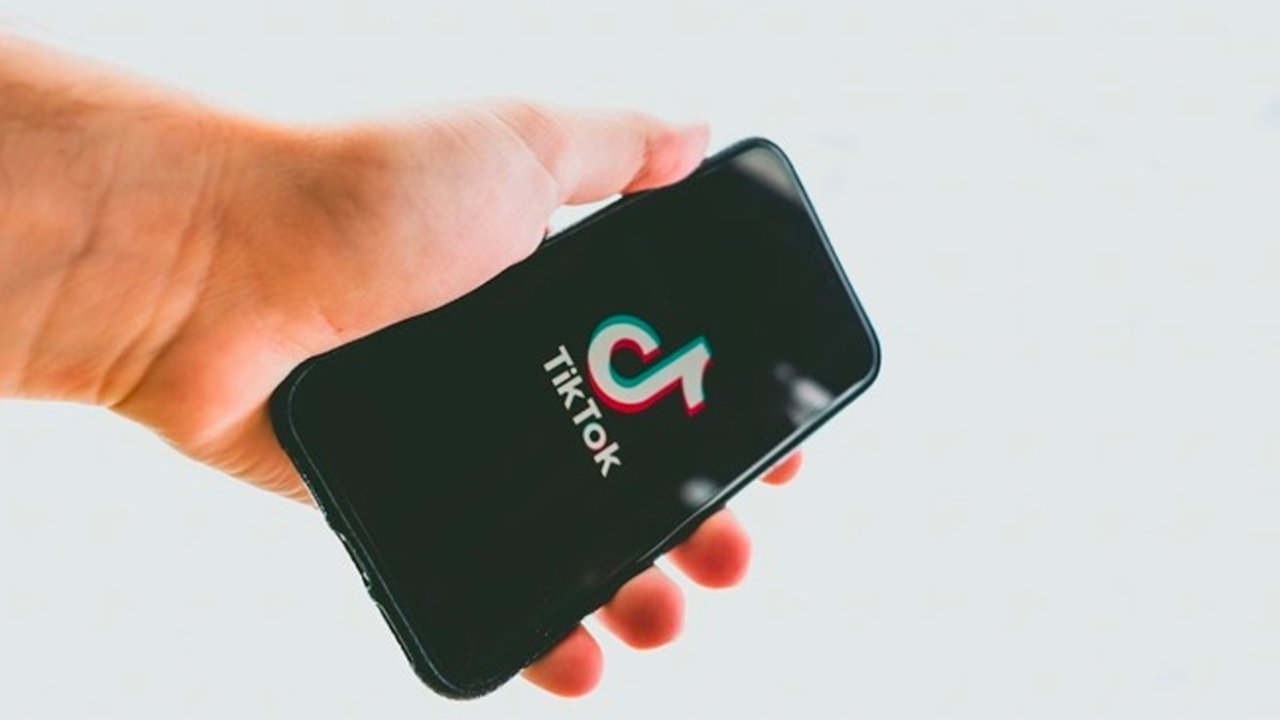
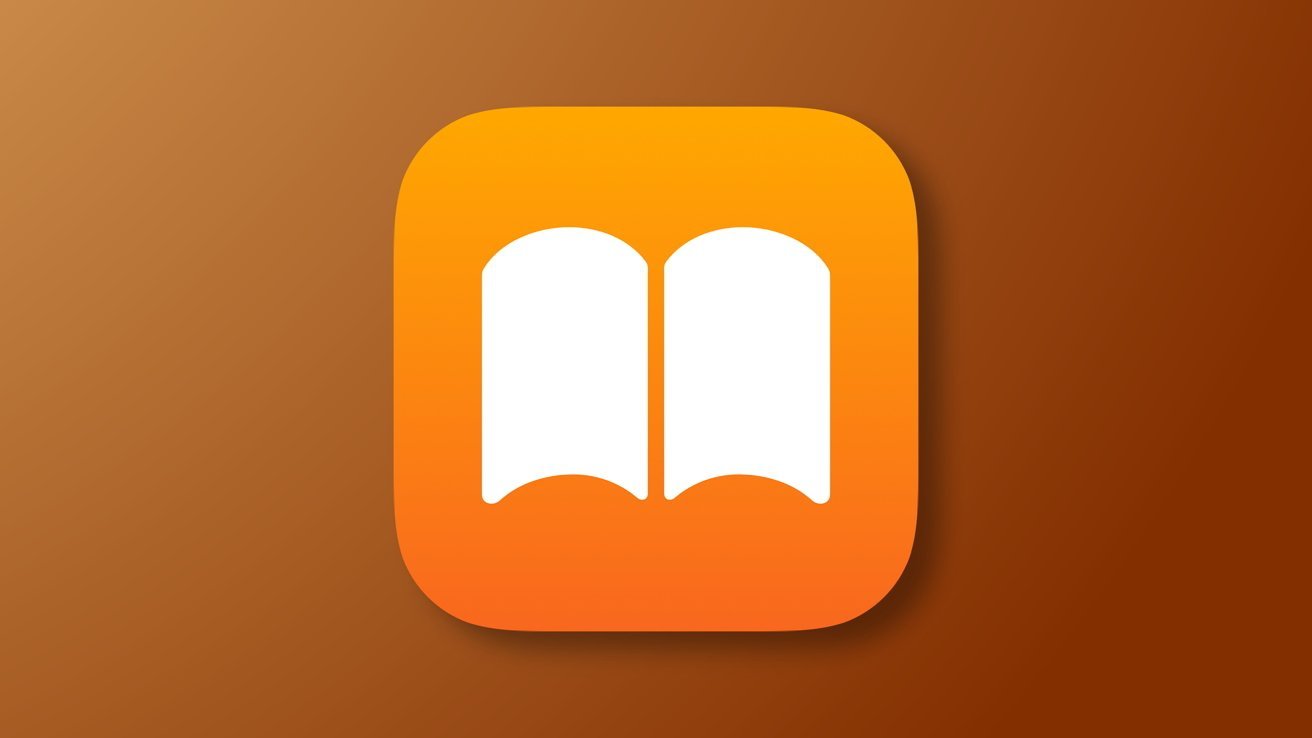
























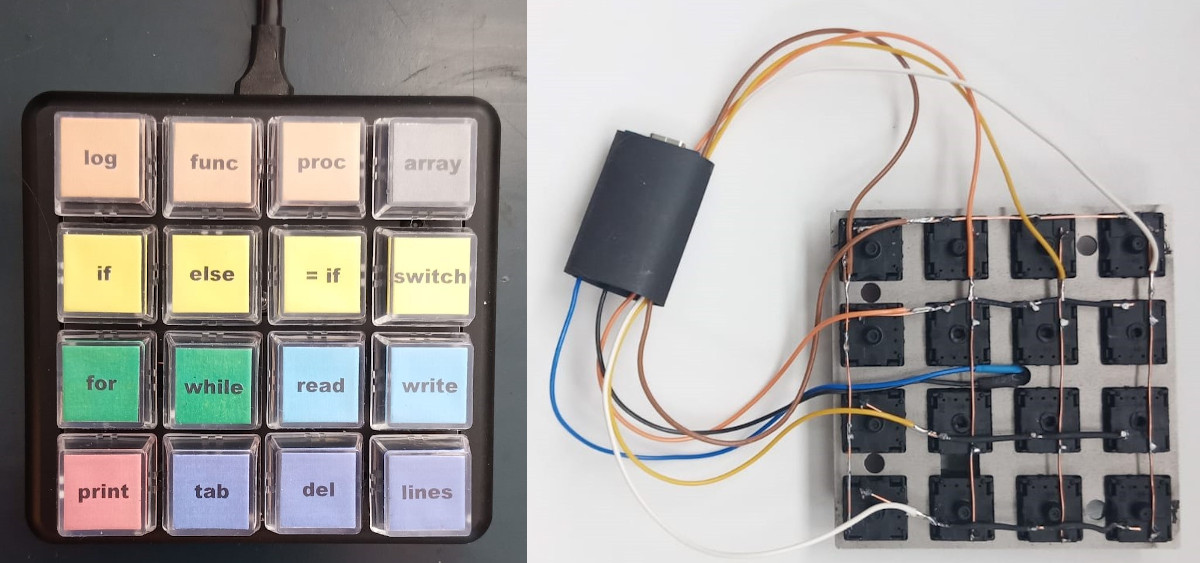


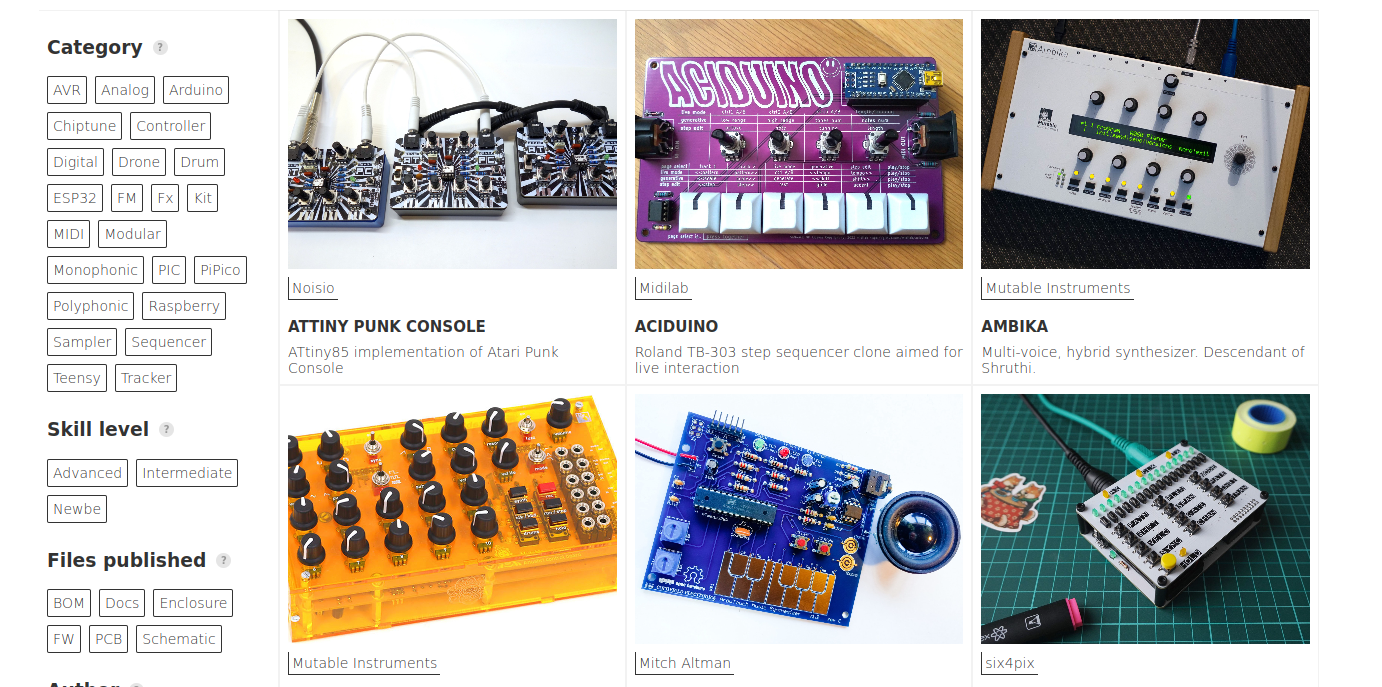















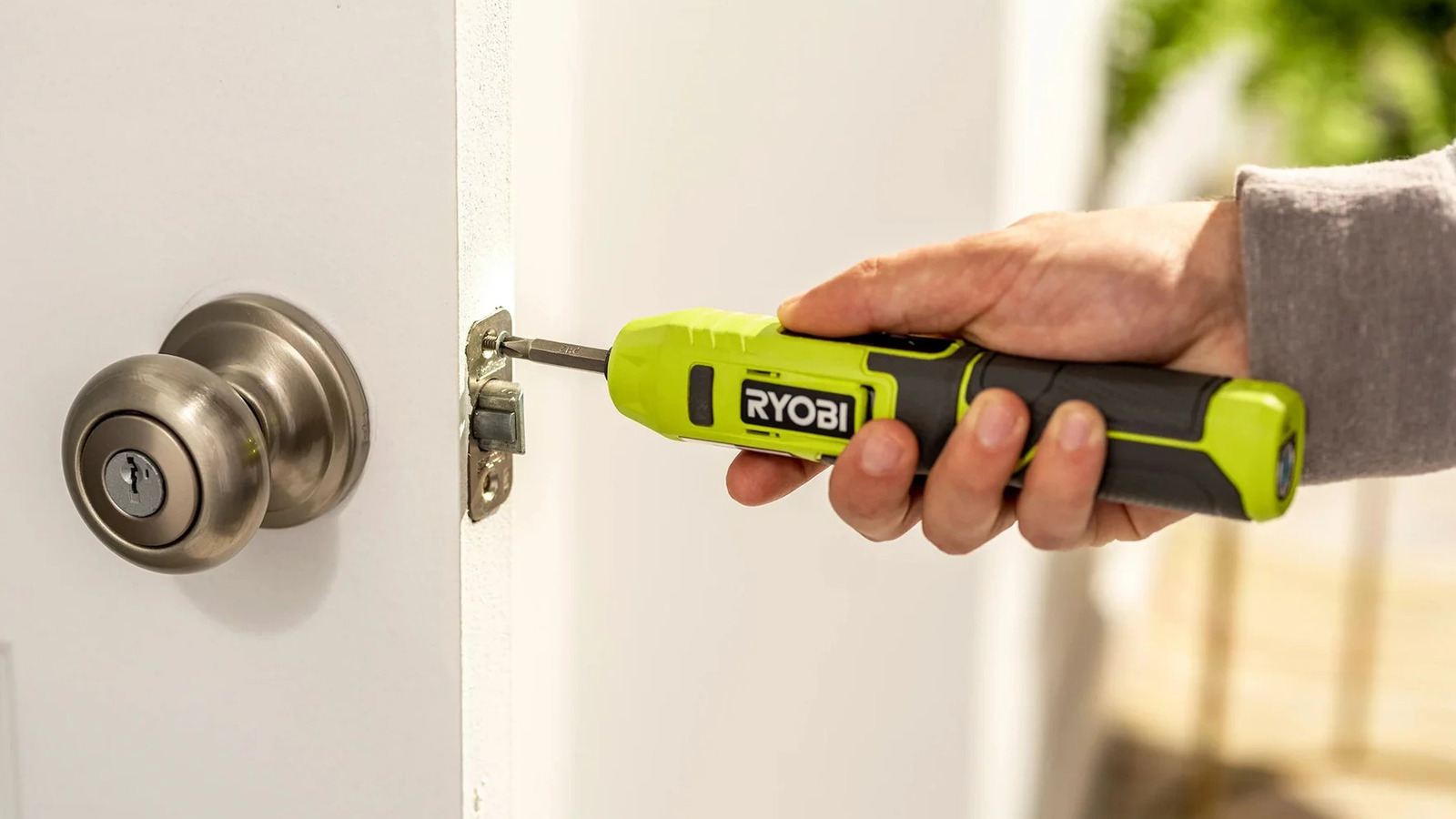













































































































![[The AI Show Episode 142]: ChatGPT’s New Image Generator, Studio Ghibli Craze and Backlash, Gemini 2.5, OpenAI Academy, 4o Updates, Vibe Marketing & xAI Acquires X](https://www.marketingaiinstitute.com/hubfs/ep%20142%20cover.png)

























































































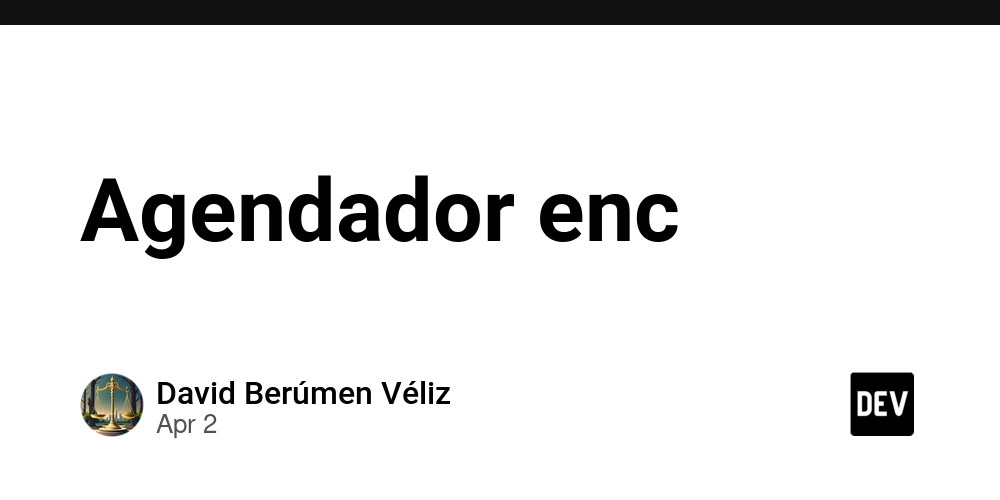





















![Is this a suitable approach to architect a flutter app? [closed]](https://i.sstatic.net/4hMHGb1L.png)
















































































































